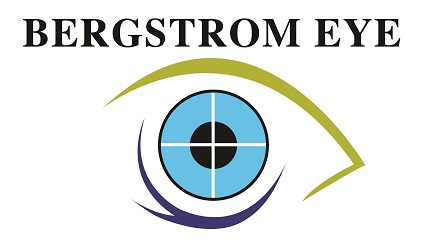Treating Glaucoma
Most glaucoma treatments are aimed at consistently lowering intraocular pressure. Eye drops, oral medications, laser treatment, and surgerycan be used to lower intraocular pressure. These treatments do not “cure” glaucoma, but help control thedisease.
Eye Drops are the most common treatment for glaucoma. Eye drops work to either decrease the amount of fluid the eye makes, or increases the outflow of fluid. It is important to use eye drops as they are prescribed and not miss doses. Oral medications are some of the most powerful ways to lower intraocular pressure. They carry certain side effects that limit their use long term.
Lasers are available to help lower eye pressure. Laser trabeculoplasty is the most common laser used for glaucoma and can be used in the early or middle stages of the disease. Lasers can often decrease or eliminate the need for eye drops.
Surgery is available when medicines and lasers do not control the intraocular pressure. The most common types of glaucoma surgery either enhance the natural passageway for fluid to flow out of the eye or create a new passageway for fluid to flow out of the eye. Sometimes a tube or shunt is used to direct fluid out of the eye.
Symptoms of Glaucoma
Unfortunately, most glaucoma has no noticeable early symptoms. Usually the eye pressure is not high enough to “feel”, unless it is very high. Vision loss usually takes years to progress to the point someone can notice the blind spots.
Symptoms of glaucoma can include blurring of vision, haloes around lights, and a feeling of pressure or pain around the eye. This usually occurs from wide fluctuations in eye pressure or a rapid rise in eye pressure.
BOOK AN APPOINTMENT
At Bergstrom Eye and Laser Clinic, our goal is to provide the highest quality of care in a compassionate and ethical manner. We believe that vision is one of our most precious gifts.
